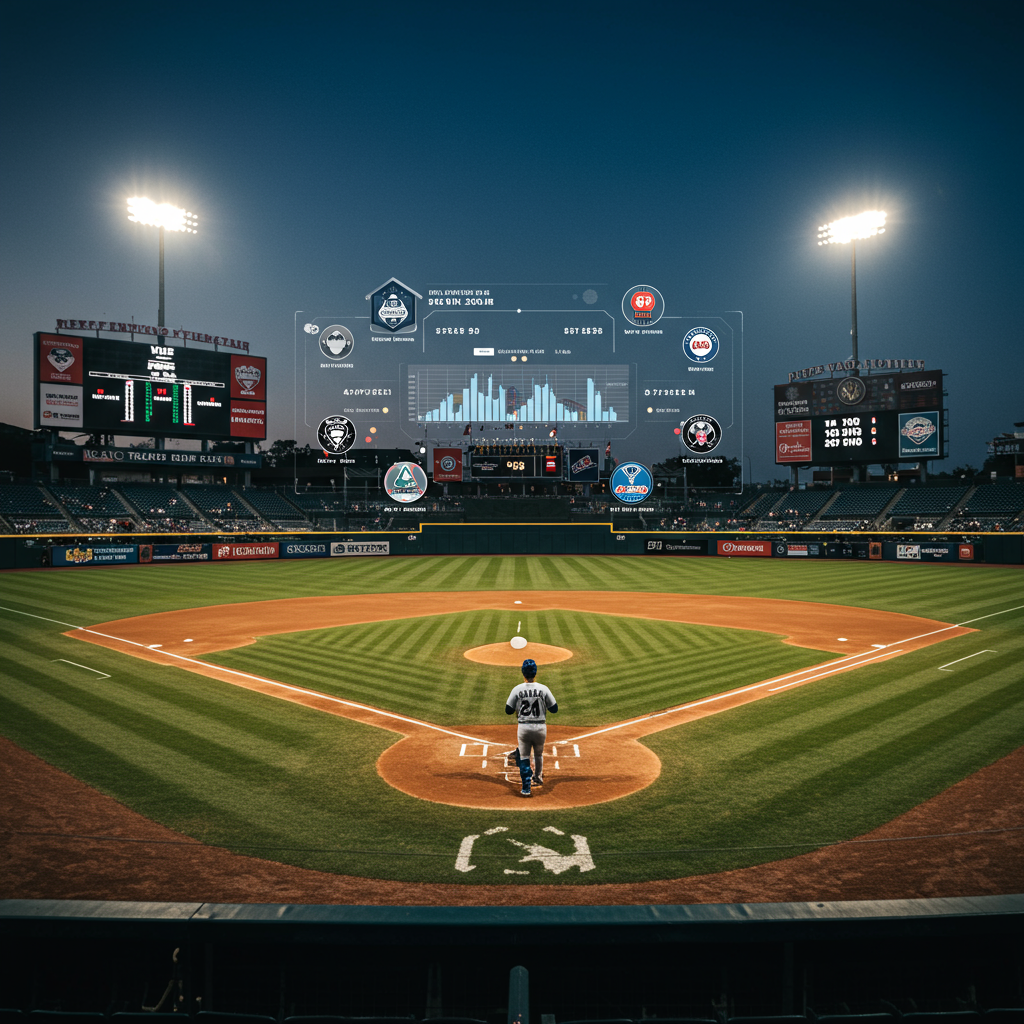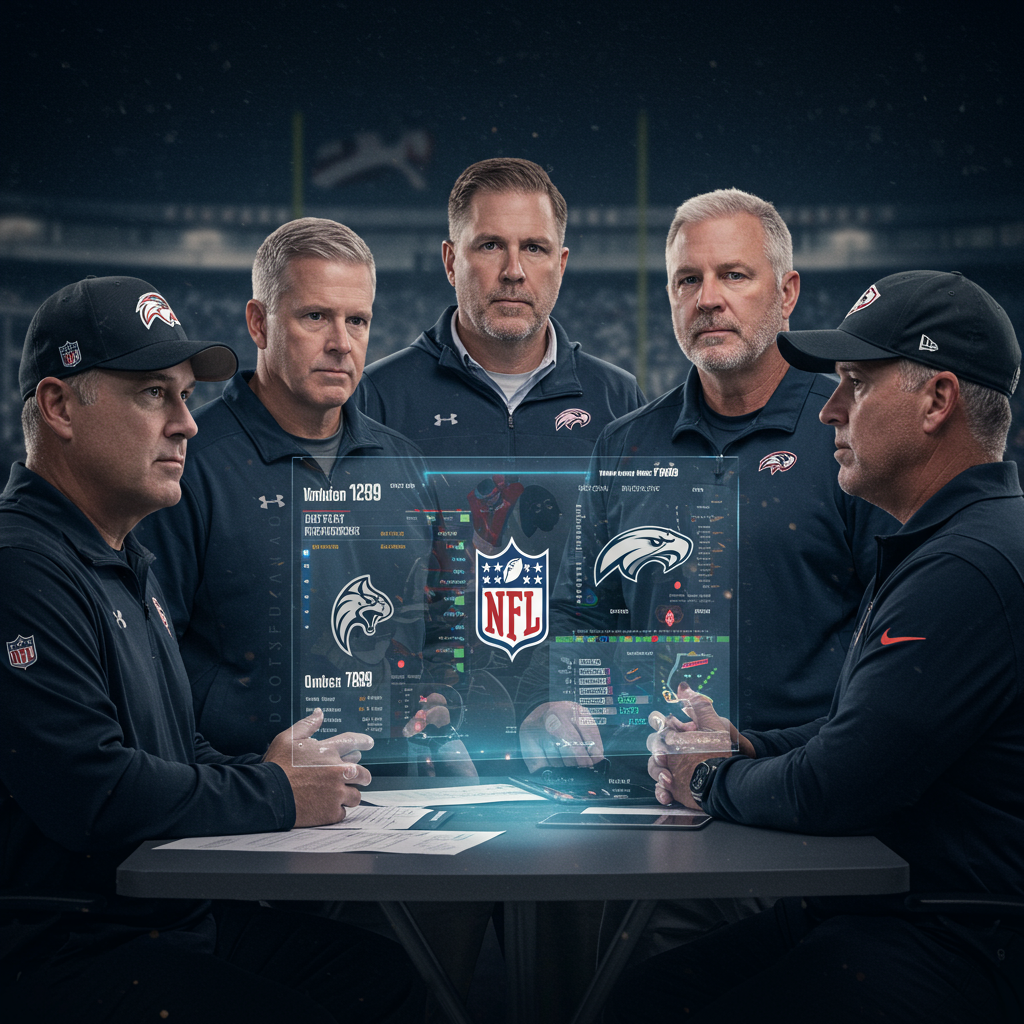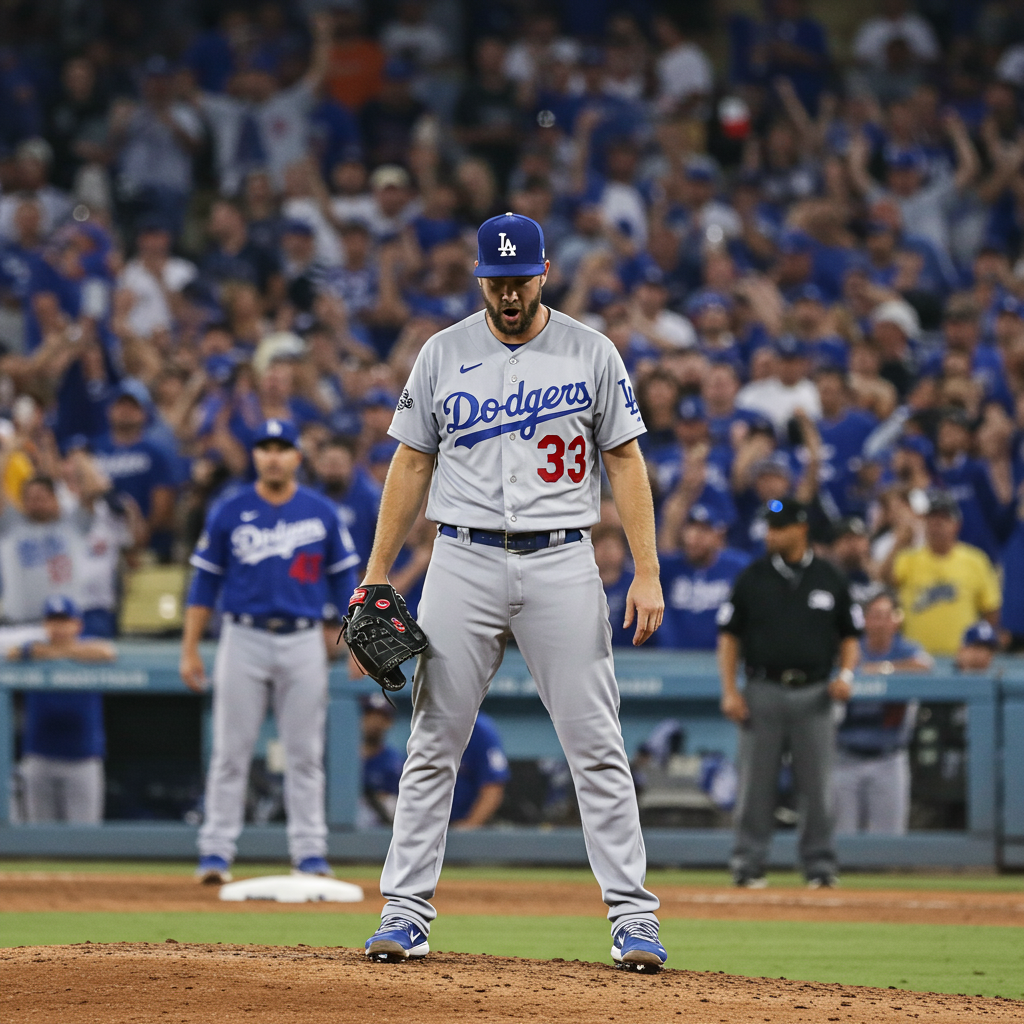The final bell has rung on the 2025 MLB trade deadline, and the baseball world is buzzing with a mix of excitement, skepticism, and outright confusion. Teams across the league made pivotal roster moves, from aggressive pushes for championship glory to strategic, and sometimes bewildering, decisions about their future. Now that the dust has settled, the critical question remains: Which clubs truly positioned themselves for a deep October run, and whose deadline strategies left fans scratching their heads? This in-depth analysis delves into the biggest swings and misses, evaluating the real impact of the 2025 MLB trade deadline on the race for the World Series.
The American League Landscape: Shifting Sands or Wide Open Race?
The American League’s competitive landscape remains incredibly fluid following the 2025 MLB trade deadline. While some anticipated clear frontrunners to emerge, expert consensus suggests a much more jumbled picture, promising an exhilarating finish to the season. The notion that the two teams to beat in the American League definitively reside in the AL West, even after the Houston Astros and Seattle Mariners made significant acquisitions, is largely dismissed by analysts.
AL West’s Contenders: Astros and Mariners
Both the Astros and Mariners certainly commanded attention with their bold moves. The Houston Astros, perennial AL contenders, notably added offense with players like Carlos Correa and Jesus Sanchez. However, some experts express skepticism about Correa’s current form compared to his peak, and point out that the Astros’ rotation, a critical component for deep playoff runs, received no significant upgrades. This raises questions about their ability to sustain their “front-runner status.”
The Seattle Mariners, aiming for their first World Series appearance in franchise history, also went big. Their lineup notably improved with the addition of Eugenio Suarez and Josh Naylor, adding serious power to their order. Despite these offensive boosts, concerns linger about their starting rotation, which hasn’t matched its previous season’s performance. Furthermore, their bullpen only saw one less-than-impactful addition in Caleb Ferguson. While the Mariners undoubtedly became more dangerous, the consensus is that neither they nor the Astros have created significant separation from the rest of the AL pack.
Beyond the West: Other AL Powerhouses
Beyond the AL West, the American League remains remarkably wide open. Teams like the Kansas City Royals, Texas Rangers, and Tampa Bay Rays – among others – are all viewed as legitimate threats for the AL pennant. This isn’t due to them being “sleeping giants” but rather a reflection of the overall parity within the league. The absence of a single dominant team means that the final two months of the regular season are set to be incredibly exciting, with multiple clubs vying for the top spots and playoff berths.
National League Dynamics: A Jumbled Path to October
Much like the American League, the National League remains a complex web of contenders post-deadline. Despite aggressive moves from some NL East teams, the idea that the Philadelphia Phillies and New York Mets have definitively become the two teams to beat is also largely unfounded. Instead, analysts highlight a crowded field, making predictions for October particularly challenging.
NL East’s Ambitious Moves: Phillies and Mets
The Phillies and Mets certainly signaled their “all-in” intent, strategically addressing bullpen deficiencies. These additions undoubtedly enhance their threat level for the postseason. However, the NL’s competitive depth extends far beyond the East.
The West vs. Central: Padres, Dodgers, Brewers, Cubs
In the NL West, the San Diego Padres, under the direction of A.J. Preller, once again executed an aggressive trade strategy to bolster their championship aspirations. Meanwhile, the Los Angeles Dodgers, even without major deadline splashes, remain formidable, with key players returning from injury to strengthen their rotation. In the Central, the Milwaukee Brewers are consistently described as a “finely tuned machine,” and the Chicago Cubs possess an offense capable of competing with the best in the majors.
Overall, at least six teams in the National League are considered legitimate contenders, with little separating them in terms of overall strength. This broad field of competitive teams promises a fascinating and unpredictable postseason.
Deep Dive: Padres’ Bold Play for NL West Dominance
The San Diego Padres’ strategy at the 2025 MLB trade deadline has widely been lauded as a significant success, making them a legitimate threat to dethrone the Los Angeles Dodgers in the NL West. Entering the deadline just a few games back and riding a winning streak, the Padres capitalized on their momentum with a series of impactful acquisitions.
San Diego’s Roster Reinforcements
The Padres effectively lengthened what was previously a top-heavy lineup, ensuring offensive contributions throughout their order. They also secured a notable upgrade at catcher, addressing a critical position. Most strikingly, San Diego assembled what is now considered the deepest and fiercest bullpen in major league baseball. Key additions included Mason Miller, Ryan O’Hearn, Ramon Laureano, and Freddy Fermin. This comprehensive approach, plugging lineup holes and adding another dominant reliever to an already strong bullpen, has transformed them from a “good” team into a potentially “great” one. Their bullpen’s depth and quality are expected to compensate for any perceived deficits in their starting rotation during a playoff push.
New York’s Post-Deadline Outlook: Yankees vs. Dodgers
The 2025 MLB trade deadline presented a fascinating contrast in strategies between two of baseball’s marquee franchises: the New York Yankees and the Los Angeles Dodgers. While both sought to improve, their approaches and perceived outcomes differed.
Yankees’ Strategic Gains
The New York Yankees focused on bolstering three key areas: their starting rotation, bullpen, and infield. While they opted against acquiring an “impact” starter due to high trade demands, they successfully overhauled their bullpen with high-octane closers like David Bednar and Camilo Doval, alongside a strong right-hander in Jake Bird. On the position player side, four new additions provided manager Aaron Boone with greater lineup flexibility and improved in-game decision-making. Crucially, the Yankees achieved these significant upgrades without sacrificing any of their top-tier prospects. Despite lingering questions about Aaron Judge’s elbow injury, the Yankees are undeniably a stronger team than they were prior to the deadline, solidifying their status as real AL pennant contenders.
Dodgers’ Calculated Conservatism
Conversely, the Los Angeles Dodgers’ deadline moves were more understated. While they did acquire valuable pieces like reliever Brock Stewart and outfielder Alex Call – both noted for specific strengths – their overall strategy was perceived as more conservative. The Dodgers were reportedly in pursuit of other impact players like Steven Kwan and Griffin Jax but ultimately balked at what they deemed exorbitant trade demands. Their comfort stems from their leading position in the division and the impending return of several key injured players, suggesting their “best baseball” is still ahead. Therefore, while the Yankees visibly enhanced their immediate World Series chances, the Dodgers’ moves were more about targeted support and trust in their existing roster’s health and potential.
Understated Approaches: Cubs and Tigers in the Playoff Hunt
Some teams chose a less aggressive path at the 2025 MLB trade deadline, raising questions about their true October readiness. The Chicago Cubs and Detroit Tigers, while positioned for playoff berths, are seen by some as having made moves primarily to secure a postseason spot rather than to win deep into October.
October Readiness: Bullpen Prowess
The regular season often hinges on starting pitching, but the postseason is notoriously dominated by bullpen performance. Critics argue that neither the Cubs nor the Tigers did enough to significantly enhance their bullpens with elite-level closers or setup men, choosing quantity over quality in some cases. For instance, while Detroit’s acquisition of Kyle Finnegan should help, their overall bullpen additions, including Rafael Montero, were not considered game-changers. The Cubs’ deadline was described as relatively quiet, with utility player Willi Castro being a “nice” addition, but little change to their pitching staff’s outlook.
Despite these reservations, others maintain that being a “team to fear” doesn’t necessarily mean being the clear-cut favorite. Both teams were strong contenders before the deadline and remain so. Detroit improved its rotation, potentially reducing reliance on bullpen games, while the Cubs, already possessing a strong offense, maintain their competitive edge. Their less aggressive deadlines simply mean they didn’t make the kind of “all-in” splash that some rivals did, potentially making their path in October more challenging compared to teams that significantly bolstered their late-inning relief.
The Minnesota Twins’ Questionable Future
Perhaps no team’s 2025 MLB trade deadline strategy sparked more debate – and concern – than that of the Minnesota Twins. Their significant “teardown” approach, which saw them part ways with ten major league players, left many analysts questioning the wisdom behind their moves and the immediate future of the franchise.
Salary Cuts vs. Contention Hopes
The overwhelming sentiment is that the Twins’ strategy was less about making their future brighter and more about cutting costs for a franchise undergoing a transition. While they did acquire some promising prospects, such as Taj Bradley (for Griffin Jax), James Outman (for Brock Stewart), and the promising Eduardo Tait and Mick Abel (for Jhoan Duran), the scale of their departures was jarring. Most notably, the trade of Carlos Correa to the Houston Astros was widely viewed as a salary dump, rather than a strategic baseball move to enhance future competitiveness.
Analysts suggest that the Twins’ roster was actually quite good and potentially capable of contending in the perpetually open AL Central as early as next season. By trading away key controllable players, they arguably weakened their immediate prospects for the sake of long-term payroll flexibility. The impact on their bullpen, previously a strength, is particularly concerning, as it is now described as a “husk” of its former self. This aggressive cost-cutting, rather than strategic player acquisition, has left many Twins fans with a feeling of disappointment and a sense that their team has become “dull.” The long-term implications of these moves, particularly the perilous nature of “future-focused” deals with savvy teams like the Rays, remain a significant question mark for Minnesota.
Frequently Asked Questions
What was the overall impact of the 2025 MLB trade deadline on the league’s competitive balance?
The 2025 MLB trade deadline solidified the highly competitive nature of both the American and National Leagues. Rather than creating clear separation, the deadline largely reinforced the existing parity, with multiple teams in each league making meaningful, yet not decisive, improvements. While some teams, like the San Diego Padres and New York Yankees, significantly bolstered their rosters, no single team emerged as an undisputed “team to beat.” This outcome sets the stage for a thrilling and unpredictable race to the playoffs and beyond, where every game could swing the balance of power.
Which teams significantly boosted their World Series chances at the 2025 MLB trade deadline, according to experts?
The San Diego Padres are widely considered to have made the most significant leap, becoming a legitimate threat to win the NL West and contend for the World Series. Their comprehensive acquisitions, particularly for their bullpen and lineup depth, positioned them strongly. In the American League, the New York Yankees also substantially improved their World Series hopes by overhauling their bullpen and adding crucial offensive flexibility without sacrificing top prospects. While teams like the Seattle Mariners made strong offensive additions, expert opinions suggest they still face challenges, particularly in their rotation, to truly separate themselves as top contenders.
Why did the Minnesota Twins’ 2025 MLB trade deadline strategy draw criticism from analysts?
The Minnesota Twins’ trade deadline strategy drew considerable criticism because it appeared primarily driven by cost-cutting rather than a clear path to immediate or near-future contention. Analysts viewed the departure of ten major league players, including key controllable assets like Carlos Correa (in what was seen as a salary dump), as a dismantling of a potentially good roster. While they acquired some prospects, the overall impact was seen as weakening their current team, particularly their bullpen, without a clear, immediate benefit to their long-term competitiveness. Many felt it was a “bad day for Twins fans” as the team became less exciting and less equipped to contend in the short term.
Conclusion
The 2025 MLB trade deadline was a whirlwind of activity, reshaping rosters and re-evaluating championship aspirations across the league. While some teams, most notably the San Diego Padres and New York Yankees, clearly emerged stronger and more dangerous, the overall picture for both the American and National Leagues remains incredibly tight. The debates surrounding the Astros, Mariners, Dodgers, Phillies, Mets, Cubs, and Tigers underscore the fierce competition that lies ahead. The Minnesota Twins, on the other hand, made moves that spark more questions than answers, hinting at a very different trajectory. As the final months of the season unfold, the true impact of these deadline decisions will be tested, promising a thrilling and unpredictable journey towards the 2025 World Series. Who do you think will ultimately hoist the Commissioner’s Trophy?



